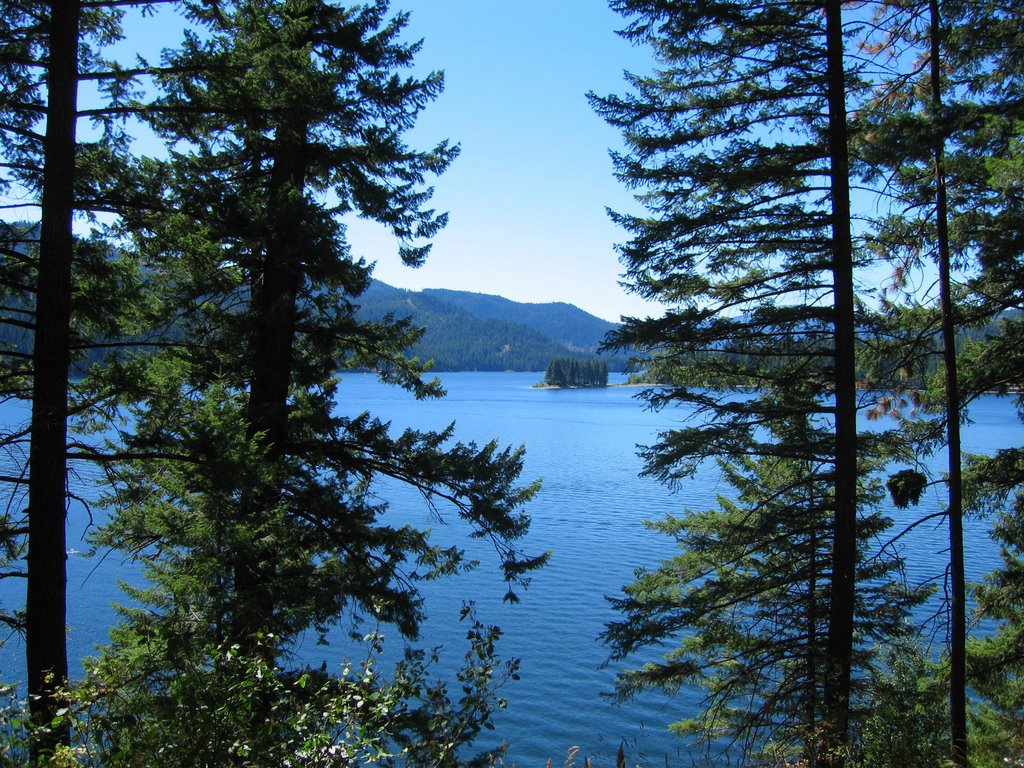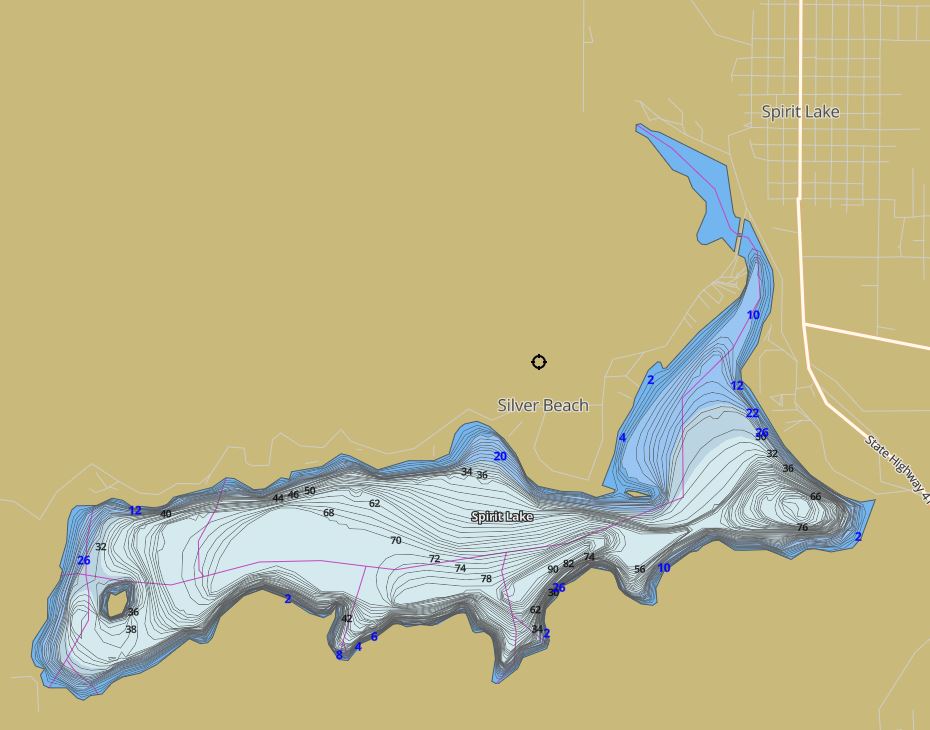
Spirit Lake Idaho

The railroad through this area was built mostly by hand with very little machinery available. The roadbed was of such excellence that the first passenger trains rocked along at 35 miles per hour. Earlier railroads curved around stumps but I&WN was noted for its unusual amount of tangent track.The sawmill produced 125,000 feet of lumber per 10-hour day. The main source of income for the 2,000 or so residents living here ended in 1939 when a fire took a portion of the lumber company property and the remainder was moved out of the area. The Panhandle Lumber Company office building is now the Fireside Lodge near the millpond.Spirit Lake was an attraction that brought summer excursion trains for vacationers in the early years. This traffic was gradually lost to the auto and regular passenger service on the I&WN ended in January 1937.The shores of Spirit Lake served as a site for summer homes for several years. Later, the summer people became year-round residents. City residents are now listed at approximately 900 in 1989, but lake residents boost the population to nearly triple that number. New construction is progressing. In the mid 70s a move was made to create an Old West appearance to the businesses on Main Street. The city still serves as a bedroom community for workers employed elsewhere and still retains its small-town atmosphere.


The lake itself measures more than 4 and a half miles long and over a mile across at the widest point, with a surface area of 1,445 acres. With 12 miles of shoreline, it is the highest (above sea level) of all small lakes in the Inland Empire in this area with an elevation of 2,400 feet. Official soundings taken at the birth of the city of Spirit Lake gave a depth of approximately 82 feet at the deepest section. Since then soundings have been made at over 100 feet, it is claimed.Spirit Lake is reputed to be one of only two lakes in the world with a sealed bottom — an apt location for those phantom spirits that are said to haunt the beautiful waters of this fascinating Lake of the Spirits.Geologists relate that in the Pre-Cambrian Age and Paleozoic Age, which were made up of flows of lava and ice, and also during which the earth was ravaged by fire, glaciers moved down from the north and caused the lakes and mountains of today. Then, a lake extended from Coeur d’Alene to Missoula, Montana, and north to Canada. Coeur d’Alene, Pend Oreille, and all of the small lakes in this part of the Northwest are just small remnants of that immense sheet of water.The city of Spirit Lake rests on a plateau composed of glacial sand and gravel. Years ago a well digger dug a hole 3 feet square and 525 feet deep. He was almost 400 feet below the level of the lake and there was no trace of water and after a period of time there were no signs of seepage. Rumors have it that Spirit Lake has an underground outlet, but this has never been proven.
created with
Website Design Software .